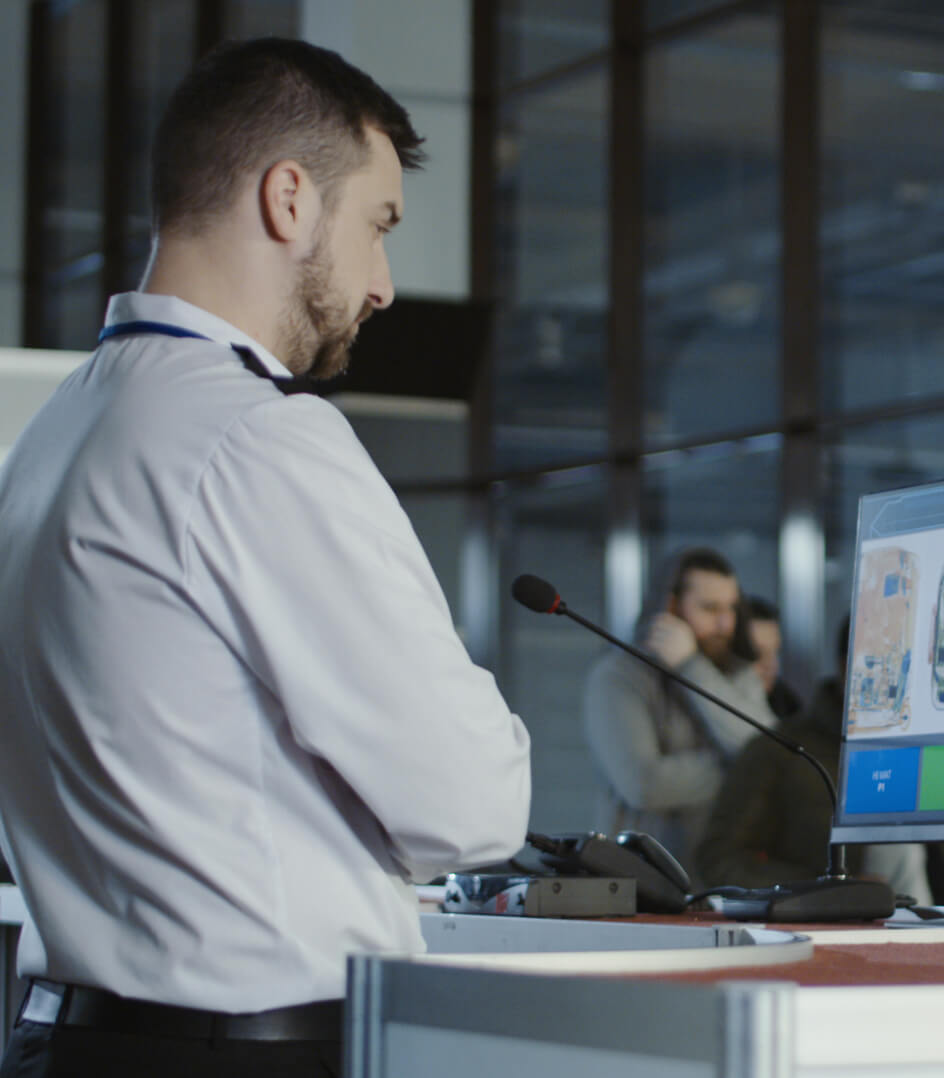
European BorderSens project for border drug control begins its testing phase in the laboratory
The European Union funded project, Bordersens, where we collaborate and which aims to detect drugs through electrochemical fingerprints with reliable and more efficient results, is beginning to bear its first fruits.
The University of Antwerp has been in charge of coordinate this high technology project that has been funding with 5´5 million euros and with 15 more international partners from 8 countries, amongst them Izertis. Our company will handle cybersecurity, artificial intelligence, Internet of Things and electro-analytical areas.
Until now the customs and border police carried out colorimeter tests -or simple color tests- for the drugs detection, these tests involved a number of shortcomings such as a low reliability rating and an accuracy not exceeding 70%, thank to this project the tests will achieve a 99% reliability rate also avoiding `false positives´, though.
The new device is expected to be ready by the end of August of 2023 and it will offer many advantages to the relevant security forces like its effectiveness, speed, portability, instantaneity and capacity to discern between false positives and negatives, among other.
“It is a device that is capable to detect not only one substance but several at once, both drugs and precursors or cortants. Besides, it is expected to do so in a short time no more than 40 seconds and at low cost”, has pointed out Marta García Prado, lead of IoT at Izertis.
These initiatives arise at a convulsive time not only due the new reality that is being shaped by COVID 19 but also because, according to the 2020 European Report of Drugs we are facing a “very worrying” scene.
The number and the quantity of cocaine confiscation are the highest ever recorded, heroin manufacture appears to take place within Union European frontiers and the illicit substances production is now based on a more diverse chemical set.

